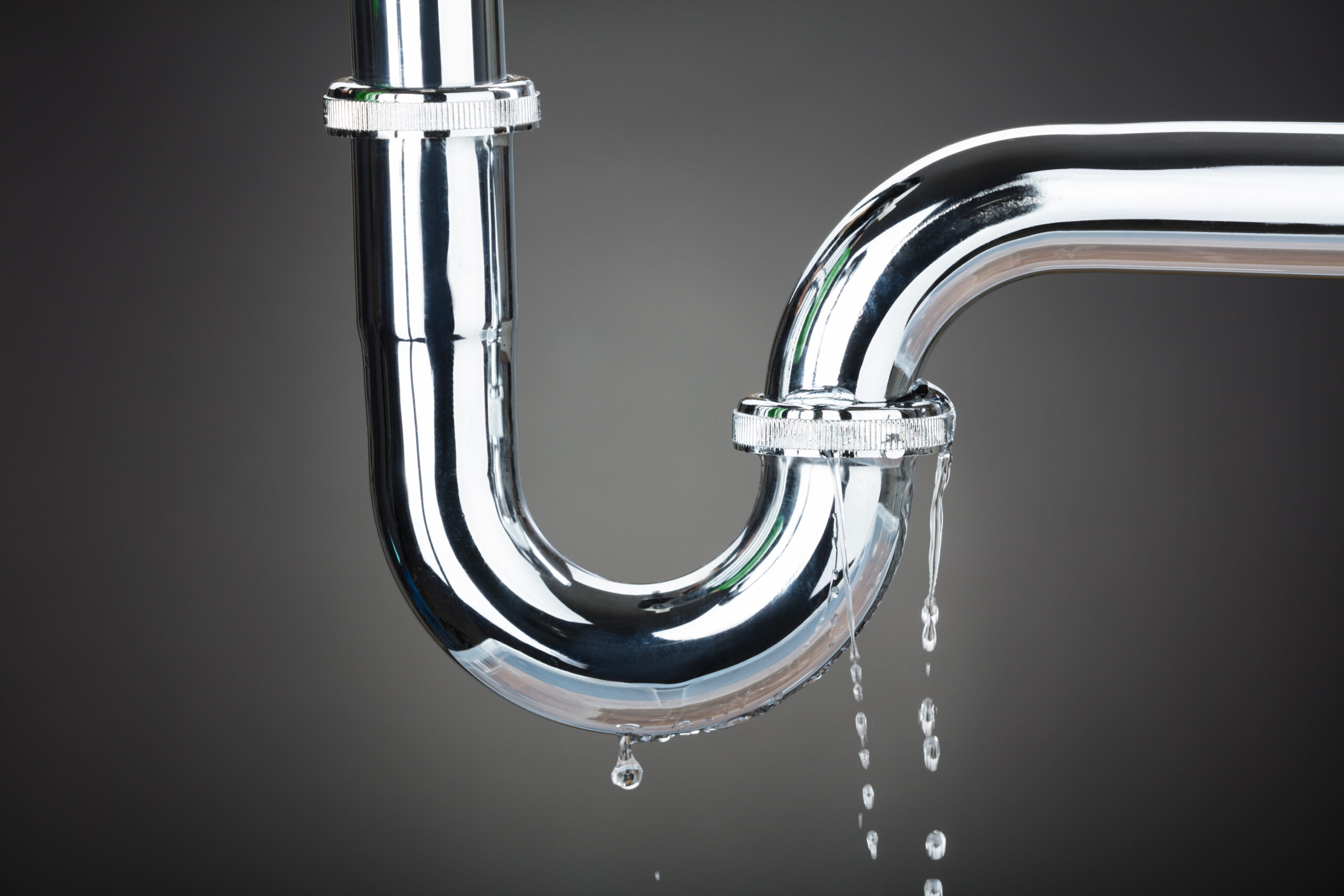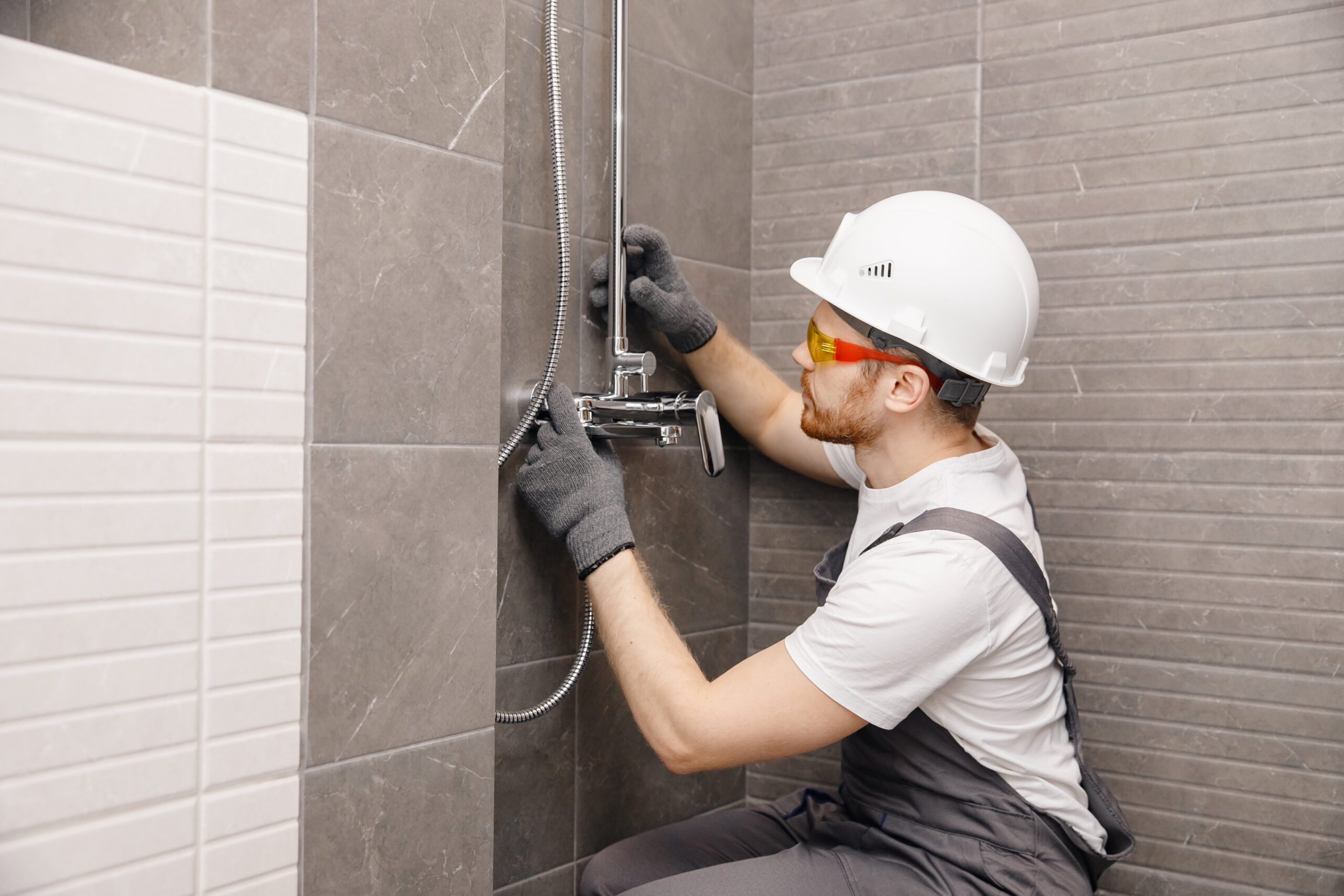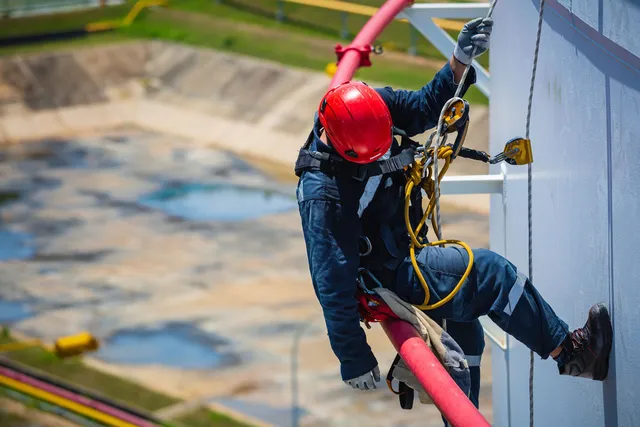
Plumbing problems are one of the most unexpected costs of homeownership. Burst water lines and sewage backups alone are enough to keep a homeowner awake at night. Certain plumbing issues can be hazardous and should be handled by professionals.
By becoming familiar with the most frequent plumbing problems and how to resolve them, you can determine when to use your tool belt or when to call a plumber. The following is a list of various ways plumbing problems can be costly.
1. Leaky Faucets
A leaky faucet is more than a source of stress. It’s a financial strain on your resources. One leaky faucet may seem minor. However, once you add another leak, you have a genuine problem. You could even lose five gallons of water by the end of the day. Additionally, the amount of water squandered may be significantly greater. This cost will potentially double depending on the amount of leaking water. Thus, don’t be too surprised after seeing your water bill following a leaky faucet.
While some do-it-yourself projects are possible, hiring a professional plumber like Ferguson’s Plumbing and similar companies may be the most preferable option. The trickle could result from an underlying issue that requires repairs best left to a plumber’s expertise. Once the leak source is identified and corrected, the drip, aggravation, and added cost will be solved at once.
2. Incorrect Sump Pump Size
Ensuring that your sump pump is the proper size for your home is more critical than you think. If your pump is too small, it will get overworked and will have to pump continuously to maintain the water supply to your home. It could result in increased energy costs or pump failure.
Additionally, the pump may be unable to keep up, resulting in a flooded basement. These issues can be easily avoided and resolved with the correct-sized sump pump. If you suspect your pump is the incorrect size for your property, contact one of your plumbers for an evaluation.
3. Clogged Drainage And Toilet Systems
When something blocks the drain partially or entirely, it becomes slow or clogged. While hair is a frequent cause of clogs in sinks and showers, other things such as a shampoo lid or a small toy can also cause clogs. The issue frequently occurs when something other than dissolvable waste is flushed down the toilet. Because these solid objects get stuck in the pipe, they remain in place for a long time, hindering water flow past the obstruction and down the pipes.
To avoid obstructions, flush only soluble garbage down the toilet. Maintain close supervision over your children to ensure they do not flush toys or other large objects down the toilet. Rather than flushing anything that falls into the toilet or sink, try to remove it. Place a hair catcher over the drain in the shower to prevent loose strands from accumulating inside the drain pipe. Keep loose hair out of sinks to avoid obstructions.
4. Constant Low Water Pressure
Although low water pressure is more common in older homes, it can also occur in contemporary ones. Low water pressure can occur suddenly or gradually, depending on the source. Low water pressure, regardless of the reason, makes it challenging to rinse dishes and shower, which is why it’s critical to resume regular water use. A water main break may result in a loss of pressure in your faucet, which may be the case if your neighbors also report a sudden decrease in water pressure. When a pipe in your home bursts, the equivalent amount of pressure is lost.
If you cannot locate the root of the problem and your water pressure suddenly drops, contact a plumber. It could indicate the presence of a pipe leak. If you see a progressive decrease in water flow that is not caused by your aerators, you may have a build-up or corrosion problem in your pipes. Additionally, a plumber will be required to replace or repair the damaged components.
5. Running Toilet
Additionally, a running toilet can waste thousands of gallons of water annually, increasing water bills. It may also require a simple fix, depending on the source of the toilet’s problem.
Sometimes resolving the issue is as simple as untangling the flapper chain in the tank or straightening the twisted flapper on the drain. Both of these issues result in continuous water flow, which means that the tank is never supplied. Replace the flapper valve, float, or fill the tube as necessary.

Takeaway
The good news is that these issues are preventable or may be addressed immediately before they become serious. Take note of any warning indications your plumbing system exhibits to alert you of potential problems. Contact a qualified plumber if you have any plumbing difficulties beyond your technical capacity to resolve.










